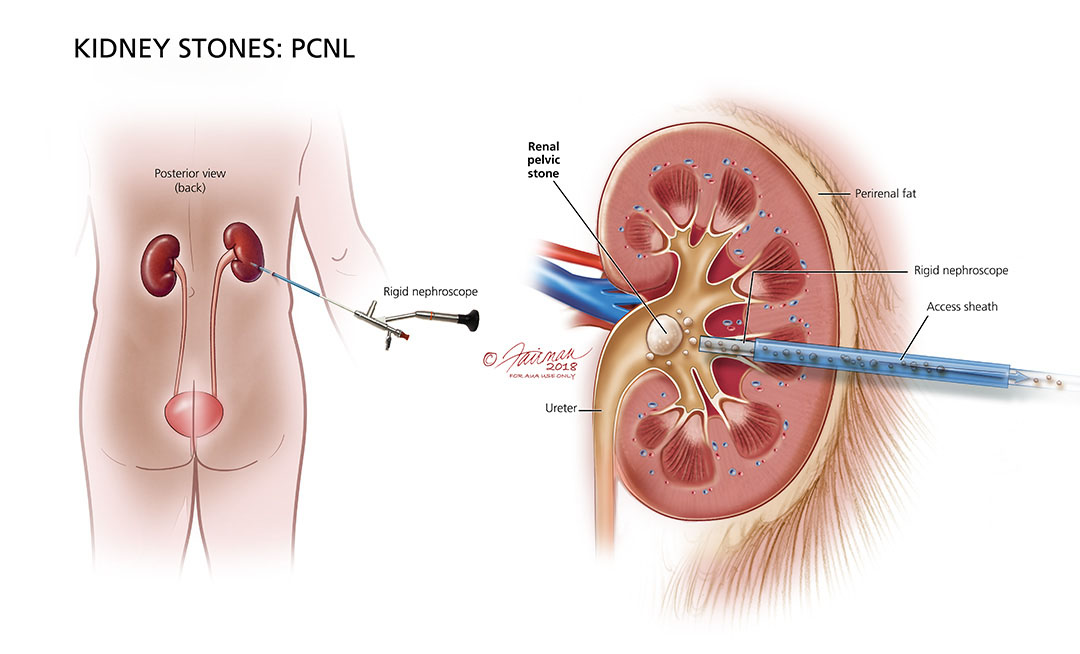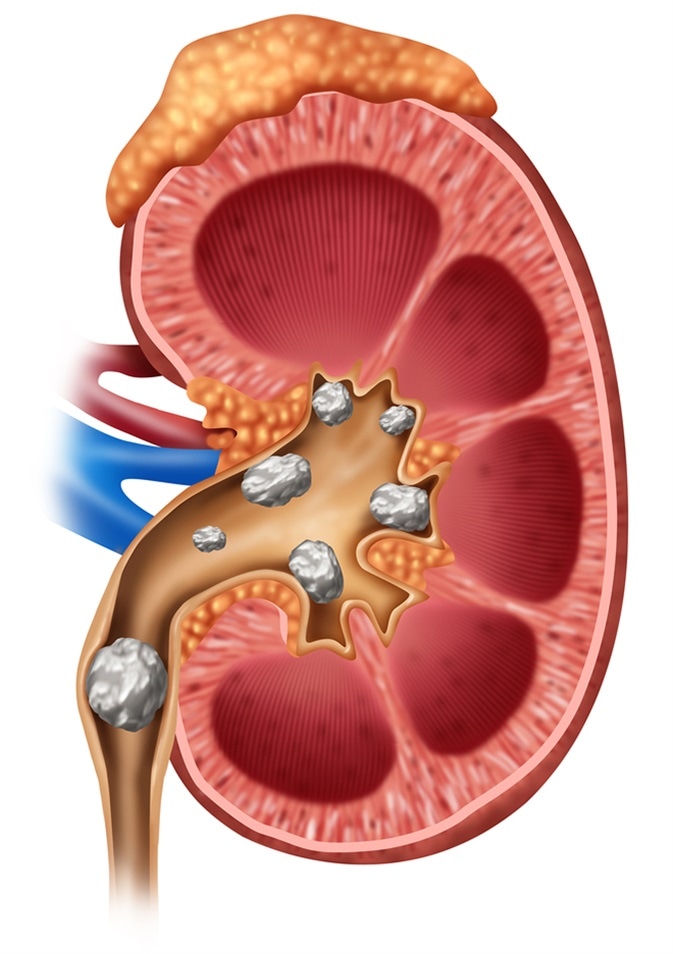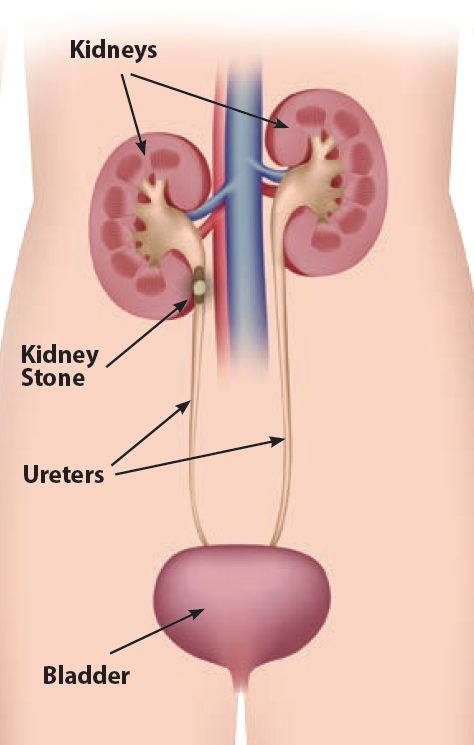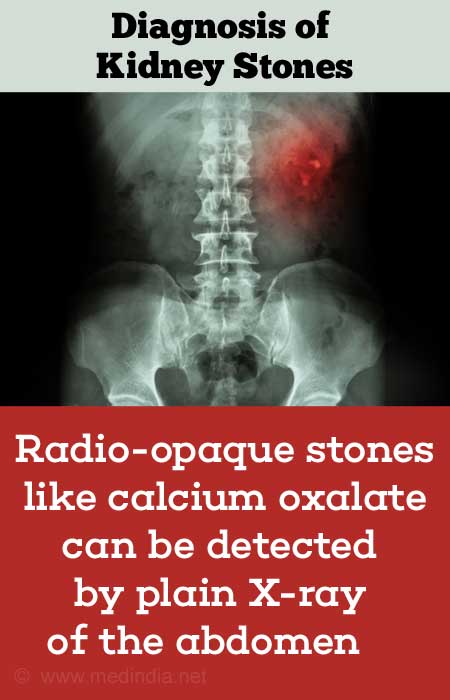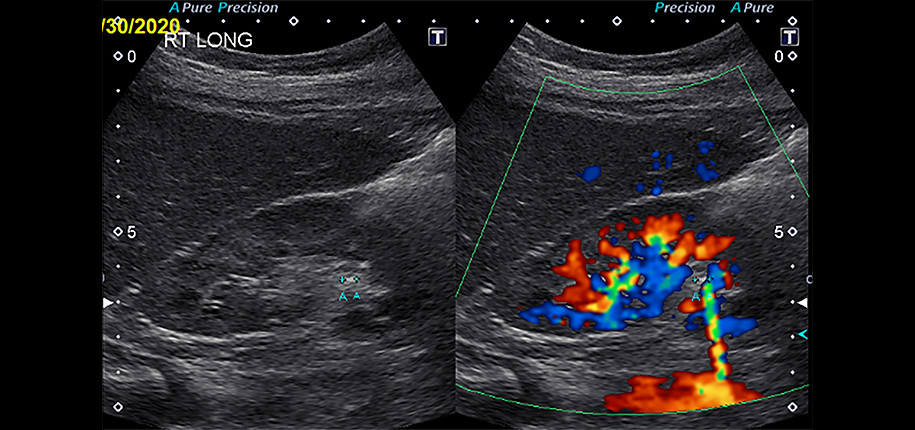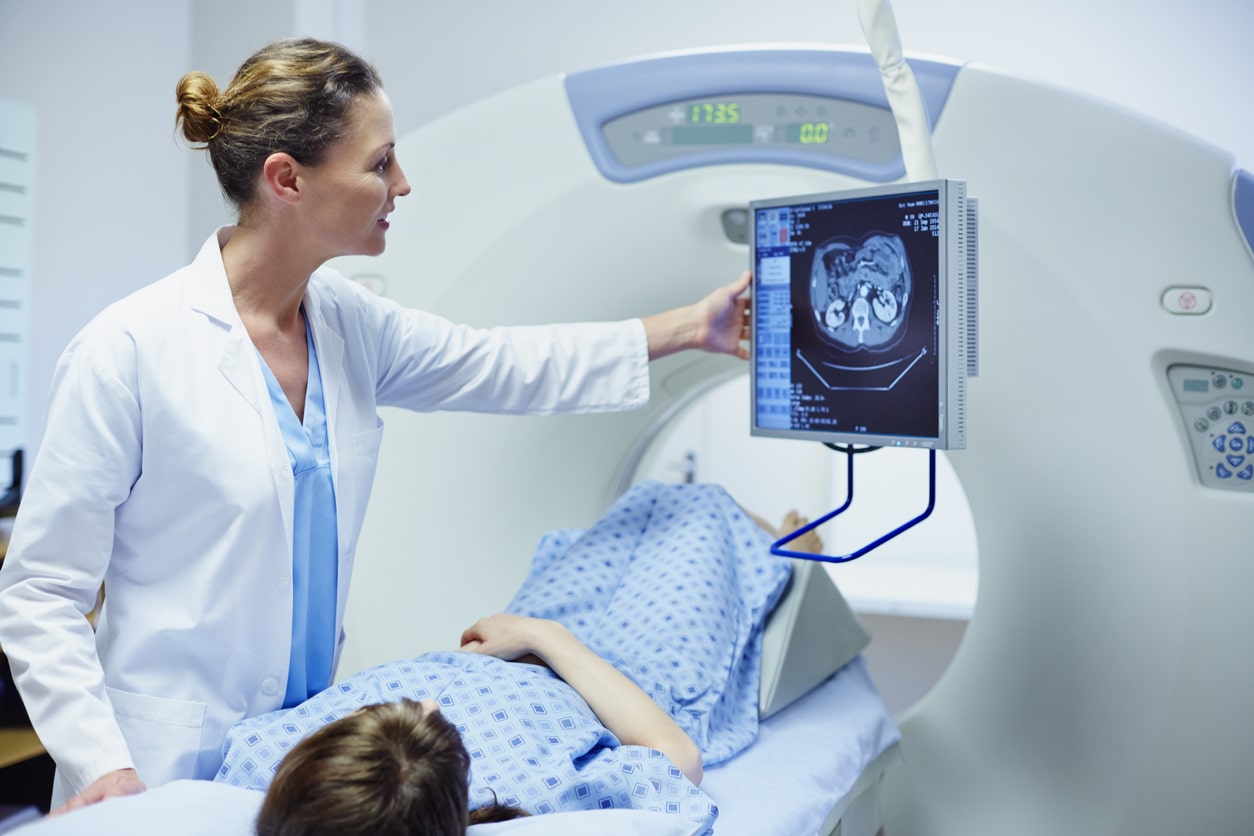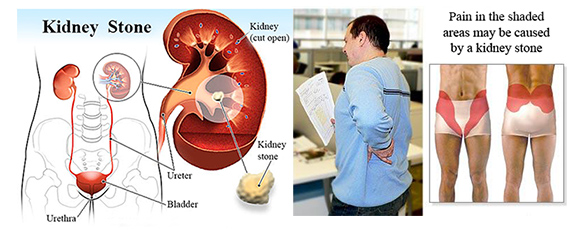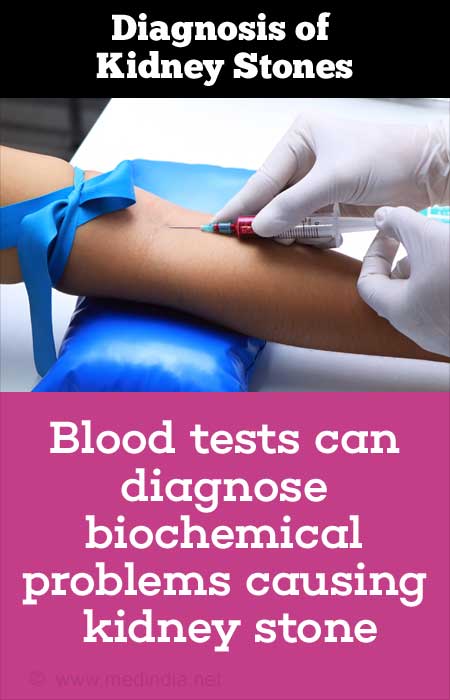Favorite Info About How To Detect A Kidney Stone
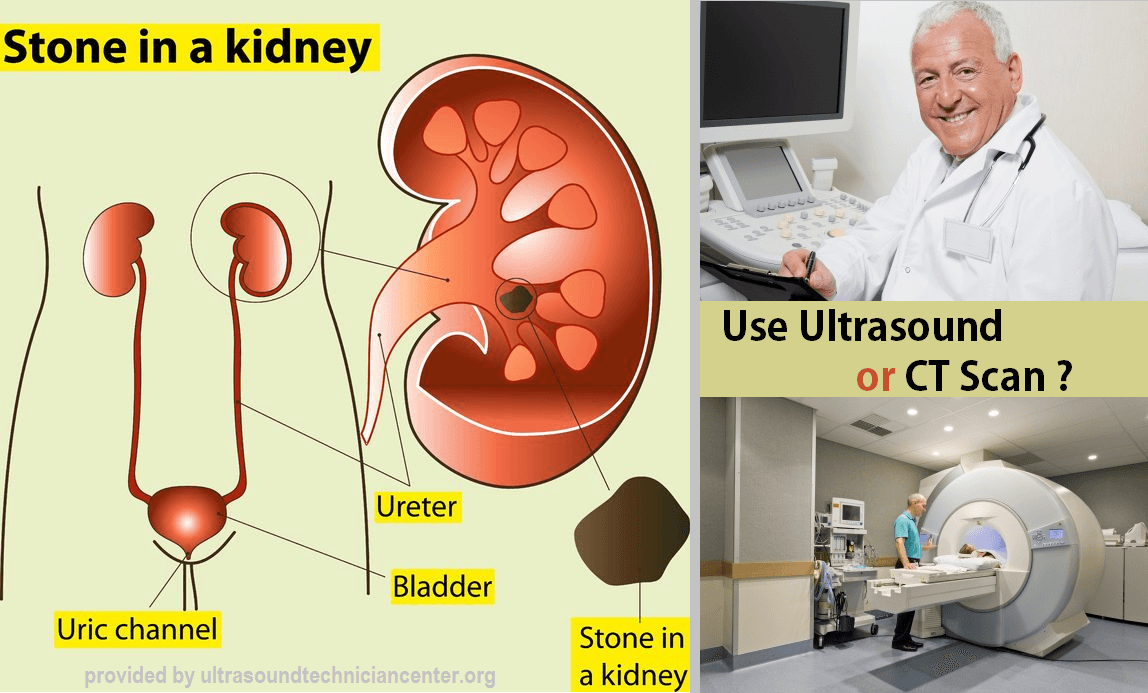
Urine tests to check for infections and pieces of stones an examination of any stones that you pass in your pee blood tests to check that your kidneys are working properly and also check the.
How to detect a kidney stone. Tests that are commonly used to. Here in addition to clinical examination, patients also use modern and accurate laboratory tests to diagnose kidney stones. If kidney stone disease is not detected and treated early, it can lead to many serious complications such as infection, urinary retention, pyuria, and even loss of kidney function.
Urine and blood tests can also help determine which type of kidney stone is causing a child’s. Most kidney stones will pass through the ureter to the bladder on. Diagnosis of kidney stones is best accomplished using an ultrasound, intravenous pyleography , or a ct scan.
You have come to the emergency department and the emergency doctor has recommended an imaging test to check for kidney stones. Apart from a ct scan for kidney stones, a blood test shows the amount of uric acid or calcium levels present in your blood. You may have pain on one side of your back.
This severe pain is called renal colic. Imaging, blood and urine tests help to detect the size and location of kidney stones and, thus, help to plan treatments. How to detect kidney stones by diagnosis :
Thus, with the help of blood tests, your health care facilitator can. Generally, patients who are suffering from renal colic,. Symptoms of kidney stones may not occur until the stone begins to move down the ureters.
There are several ways to decrease your risk of kidney stones, including: The main types of kidney stones are calcium oxalate stones, uric acid stones, struvite stones and cystine stones.(2trusted source. Urine tests can show whether there are high levels of minerals that could form kidney stones.


